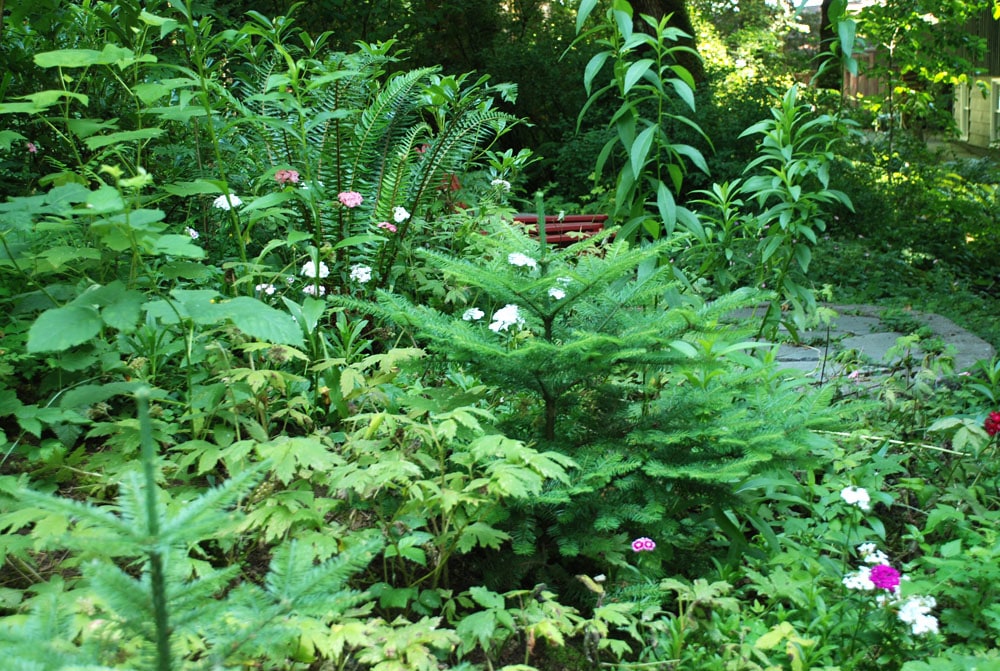
Native Gardening
You Can and You Should
By Sarah Moore
There are a lot of reasons to garden: for exercise, for fun, for food, for beauty. I honestly can’t think of a bad reason to get on your knees and dig in the dirt, but if you need another good one, here it is: save the planet.
If that seems a little overdramatic, then consider that by some estimates about 90 percent of the wild bee population in the United States has died out. Figures are nearly as grim in Europe, and possible cases of colony collapse disorder (where large subsects of bee populations die off) have even been reported as far afield as Taiwan.

Luckily, it’s not that hard. Plants that evolved in specific regions are guaranteed to be hardier, work with weather patterns, propagate quickly, and be more resilient to pests. They’re also tolerant of predominant growing conditions, such as bright, direct sun in the Southwest, or dappled shade and cloudy days in the Northwest.
Native plants in your region are probably also more diverse than you might imagine. Oregon, for instance, boasts a hefty 3,600 species of native plants, adaptable to such wide-ranging environments as sand dunes, old growth forests, high deserts, and more. Your climate is bound to support plenty enough species to create a verdant garden.
It’s a trend that’s catching on, too. Universities and organizations – like the California Native Plant Society, for instance – offer classes on getting started and certification programs for the experienced. Best of all, you don’t have to have a spare acre to do it; the National Wildlife Federation, one of several certifying agencies, will even certify your high-rise porch!
Nor does the proposition require you to tear out your existing garden, if you have one. Even planting one or two native species will provide much-needed habitat for animals that live in the area. If you like, you can always dedicate a corner of your yard as a “native zone,” or keep the front ornamental and devote the back to the birds and bees.
The best way to get started is to go online and figure out which plants will work in your habitat. A website like Wildflower.org, for example, allows new gardeners to search for plants by inputting their region, amount of light, soil type, and so on. The database then spits out a list of suitable matches, and you’re off!

Whether you’ve been looking to make the changeover for a while now, or are just hearing about native gardening for the first time, it’s definitely a favor to Mother Earth and to your yard. Try it, a plant at a time, and see where it goes. You may just be a convert.



Leave a Reply